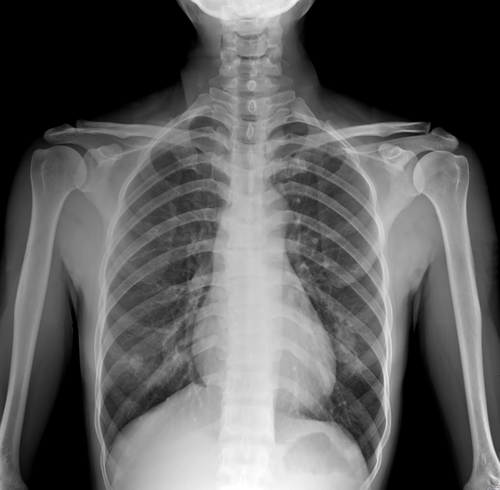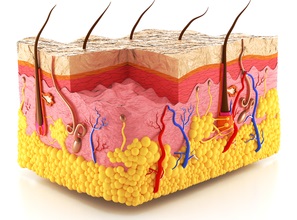The human tongue is one of the most fascinating and complex organs in the body. It is a muscular organ that is located in the mouth and is responsible for a wide range of functions, including tasting, speaking, and swallowing. The tongue is made up of a combination of muscles, nerves, and taste buds. It […]
Category: The Body
The kidneys
The human kidneys are two small, bean-shaped organs that play a vital role in keeping our bodies healthy and functioning properly. They are responsible for filtering waste and excess fluid from the blood, producing hormones that regulate blood pressure and red blood cell production, and maintaining the balance of electrolytes and other important substances in […]
Kidney stones
Kidney stones are small, hard deposits that form in the kidneys and can cause severe pain when they pass through the urinary tract. They can be incredibly painful and may require medical intervention to manage. Kidney stones are a common condition and affect around 10% of people worldwide. The following are some signs and symptoms […]
The spleen
The human body is an intricate and complex system, with countless organs and tissues working together to keep us alive and healthy. One of the lesser-known organs, the spleen, plays a vital role in our immune system and overall health. Located in the upper left quadrant of the abdomen, the spleen is a small, oval-shaped […]
The appendix
The appendix is a small, tube-like organ located in the lower right side of the abdomen. While the function of the appendix is not entirely clear, many medical experts believe that it plays a role in the immune system, helping to protect the body against infection and disease. Despite its potential importance, the appendix is […]
The bladder
The human bladder is a hollow, muscular organ that is located in the pelvis. Its main function is to store urine, which is produced by the kidneys and transported to the bladder via two tubes called ureters. When the bladder is full, it sends a signal to the brain, which triggers the urge to urinate. […]

The Anatomy of the Spine
The spine is a set of 33 vertebrae and is connected to the brain (the other component of the CNS). There are 3 main functions of the spine: Movement and Flexibility – Since the spine is made up of 33 vertebrae, the spine can flex in every direction. This allows humans to do simple tasks […]
The Jext
The Jext is a type of auto-injector used to treat anaphylaxis. Inside of the Jext is a medicine which is called adrenaline. Adrenaline acts quickly to control the symptoms of anaphylaxis. It narrows the blood vessels so that blood pressure can start to return to normal and also relaxes the lungs and throat so you […]
The Emerade
The Emerade is a type of auto-injector used to treat anaphylaxis. Inside of the Emerade is a medicine which is called adrenaline. Adrenaline acts quickly to control the symptoms of anaphylaxis. It narrows the blood vessels so that blood pressure can start to return to normal and also relaxes the lungs and throat so you […]

Skin Anatomy
The skin is the largest organ in the entire body. It is composed of many layers of tissue and is full of nerve endings, blood vessels and hair follicles. The skin has many different functions, those of which will be explored in this page. Skin cells are constantly being replaced, and it takes around a […]
